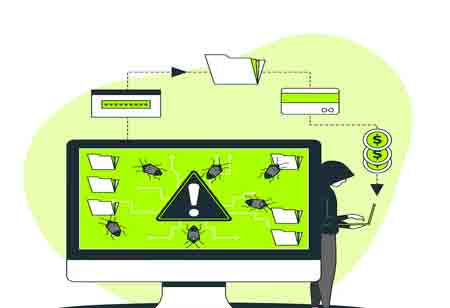THANK YOU FOR SUBSCRIBING
Be first to read the latest tech news, Industry Leader's Insights, and CIO interviews of medium and large enterprises exclusively from CFO Tech Outlook
THANK YOU FOR SUBSCRIBING

By
CFO Tech Outlook | Friday, August 22, 2025
Stay ahead of the industry with exclusive feature stories on the top companies, expert insights and the latest news delivered straight to your inbox. Subscribe today.
Fremont, CA: Fraud detection is now a vital part of security systems across industries like banking, e-commerce, and healthcare, as fraud schemes become more sophisticated and widespread. With the rise of digital transactions, detection methods must move beyond traditional rule-based systems, embracing advanced technologies and data-driven approaches to identify patterns and anomalies in real time.
Advanced fraud detection technologies are evolving to counter increasingly sophisticated fraud schemes. Machine learning and AI provide the backbone for predictive and real-time detection capabilities, while behavioral analytics and biometrics enhance user-specific security. Organizations can build comprehensive, multi-layered defenses that adapt to new fraud tactics and secure transactions in today’s digital economy.
ML and AI are at the forefront of modern fraud detection because they can learn from historical data, identify complex patterns, and adapt over time. Once trained, these models classify new transactions based on their learned parameters. Standard algorithms include decision trees, logistic regression, and support vector machines. Unsupervised models analyze unlabelled data to detect outliers or unusual patterns, which could indicate fraud. Clustering algorithms, such as k-means and autoencoders, frequently detect anomalies without knowledge of fraud cases. Using neural networks, particularly deep learning architectures like
Behavioral analytics involves tracking and analyzing the actions of users over time to identify deviations from their normal behavior, which could signify fraud. By establishing behavioral baselines—such as how often a user logs in, the type of transactions they conduct, and the devices they use—systems can flag abnormal activities for further investigation. Technologies such as keystroke dynamics, mouse movements, and even biometric measures like typing speed and facial recognition contribute to behavioral profiling. Behavioral analytics is particularly effective in account takeover fraud, where fraudsters use compromised credentials to impersonate legitimate users.
For fraudulent indicators, NLP is used in fraud detection to analyze text data, such as customer complaints, transaction descriptions, or insurance claims. By identifying patterns or keywords often associated with fraud, NLP models can score the risk of fraud in text-heavy data, providing insights that are especially valuable in areas like insurance fraud, where the narrative is critical. NLP helps detect phishing attempts and social engineering schemes by identifying communication patterns that resemble standard fraud techniques. The technique has proven effective in combating insurance fraud, money laundering, and credit card fraud by revealing the interactions between multiple entities that a traditional algorithm might overlook.
Modern fraud detection often requires real-time detection, as a delay of even a few minutes could allow fraudsters to move stolen funds or make unauthorized purchases. Fraud detection systems can analyze incoming data streams, apply pre-defined rules, and run machine learning models within milliseconds, allowing immediate alerts or transaction blockages. Smart contracts—self-executing agreements with terms written into code—can enforce automatic fraud checks at various stages of a transaction process, preventing fraudulent activities before they occur. While primarily used in authentication, biometrics avert account takeovers and unauthorized access.
I agree We use cookies on this website to enhance your user experience. By clicking any link on this page you are giving your consent for us to set cookies. More info

However, if you would like to share the information in this article, you may use the link below:
www.cfotechoutlookeurope.com/news/different-technologies-used-in-fraud-detection-nid-2345.html



